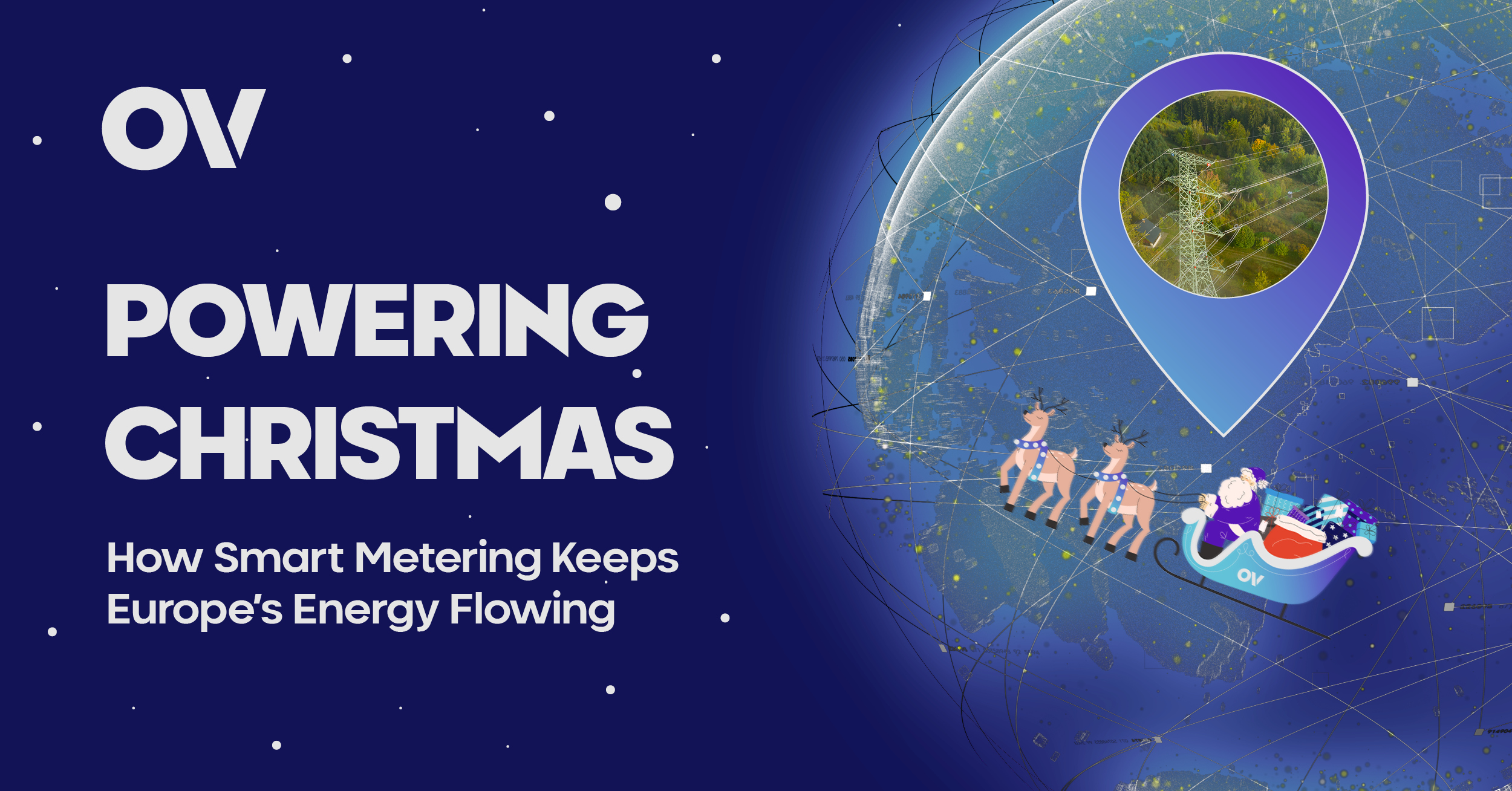Originally published
October 18, 2024
Last Updated
October 18, 2024
The Internet of Things (IoT) has become a transformative force in our increasingly connected world. Over the past two years, IoT technology has seen remarkable growth and has penetrated various industries, promising to revolutionise the way we live and work. In this blog, we’re going to look at the rapid pace of IoT adoption, statistics and trends and why mass adoption of IoT is imminent in the near future.
Let’s go!
1. The expanding IoT landscape
The IoT ecosystem has witnessed exponential growth, with an estimated 26.66 billion connected devices in 2019, and projections suggesting that this number will reach 64 billion by 2025 (Statista). This upward trend is attributed to the convergence of several factors, including advancements in sensor technology, the proliferation of smart devices, and the deployment of 5G networks.
2. IoT in industries
IoT has found extensive applications in various industries, from manufacturing and healthcare to agriculture and transportation. In manufacturing, IoT-enabled devices improve operational efficiency, monitor equipment health, and enable predictive maintenance. According to a recent report by IDC, the global spending on IoT in manufacturing is expected to reach $197 billion by 2023.
Healthcare is another sector experiencing significant IoT adoption. The integration of IoT devices with healthcare systems allows for remote patient monitoring, real-time data analysis, and improved patient outcomes. The market for IoT in healthcare is projected to reach $534.3 billion by 2025 (Grand View Research).
3. Smart homes and consumer IoT
Smart home devices, such as voice assistants, smart thermostats, and connected appliances, have gained significant popularity among consumers. According to a report by Strategy Analytics, the number of smart home devices worldwide is forecasted to exceed 1.9 billion units by the end of 2023. The convenience, energy efficiency, and enhanced security offered by IoT-powered smart homes are driving their widespread adoption.
4. IoT and sustainability
The environmental benefits of IoT are increasingly recognised as organisations and governments seek sustainable solutions. IoT-enabled sensors and devices contribute to energy conservation, waste reduction, and improved resource management. For instance, smart grids enable efficient energy distribution, while connected waste management systems optimise collection routes, reducing fuel consumption. A study by McKinsey estimates that IoT applications could reduce global greenhouse gas emissions by 9.1 gigatons by 2025.
5. Enhanced connectivity with 5G
The deployment of 5G networks is a game-changer for IoT adoption. 5G’s ultra-fast speeds, low latency, and high device density capabilities open up new possibilities for IoT applications. According to Ericsson’s Mobility Report, the number of 5G subscriptions worldwide is projected to reach 3.5 billion by 2026, indicating the significant role 5G will play in IoT’s mass adoption.
6. Challenges and security concerns
While the prospects of mass IoT adoption are promising, challenges and security concerns remain. The sheer volume of connected devices increases the attack surface for cybercriminals. Protecting sensitive data, ensuring device authentication, and maintaining privacy are critical considerations that must be addressed to foster consumer trust and safeguard against potential risks.
The road to mass IoT adoption
As we look to the near future, several factors indicate that mass IoT adoption is on the horizon.
Firstly, the declining cost of IoT devices and components makes them more accessible to consumers and businesses alike. Reduced upfront costs encourage wider adoption across industries and households.
Secondly, governments worldwide are recognising the potential of IoT and enacting policies and regulations to promote its adoption. Such support provides the necessary framework for a secure and interoperable IoT ecosystem.
Lastly, collaborations between technology providers, device manufacturers, and industry stakeholders are essential for driving mass IoT adoption. These partnerships enable the development of robust standards, interoperability, and innovative solutions that address the specific needs of different sectors.
The era of mass IoT adoption is fast approaching, promising a connected world that enhances efficiency, improves the quality of life, and enables sustainable practices. Embracing this wave of connectivity will undoubtedly shape the future, and we don’t know about you, but we’re excited to see the mass adoption of IoT unfold.
READ MORE
DISCOVER MORE NEWS AND DEVELOPMENTS IN IOT & GLOBAL CONNECTIVITY


.png)


